Crystal Coconut Pudding (Tako)
Your folders
Your folders
Prep Time: 15 minutes
Cook Time: 20 minutes
Servings: 12
Author : Pailin Chongchitnant

Ingredients
Export 11 ingredients for grocery delivery
Instructions
Step 1
Prepare the containers and have them all ready, lined up on a tray. You will need to fill them as soon as the pudding is done.
Step 2
In a small pot, combine the rice flour with water and stir until completely dissolved. Add coconut milk, sugar and salt and stir to mix.
Step 3
Cook the mixture over medium high heat, stirring constantly with a rubber spatula or a whisk, scraping the bottom as you go. Once the mixture starts to steam, lower the heat to medium and keep stirring. You will notice the mixture gradually getting thicker - keep stirring until it doesn’t look like it’s getting any thicker for at least 15 seconds - this means the mixture has fully thickened. If you stop stirring, the mixture should be bubbling. For this amount the process should take 5-8 minutes, depending on your heat. The final consistency should look like greek yogurt (I highly recommend watching the video to see what it should look like).
Step 4
Right away, while the pudding is piping hot, spoon into your containers until about half full. Work quickly, as the pudding will stiffen as it cools, but if becomes too stiff simply heat it back up while stirring constantly over medium heat to soften it. If it’s hot and still feels too stiff, you can add a splash of water or coconut milk to loosen it up.
Step 5
Let these cool at room temp while you make the top layer.
Step 6
Blend the pandan leaf with the water until fine. Strain into a liquid measuring cup and discard the fiber. Check to see that you have at least 1 ¼ cup of pandan juice; a little more is okay, but if you have less, add more water to make up the shortfall. If you want, add a few drops of green food coloring to intensify the colour.
Step 7
Pour the pandan juice into a small pot, then add the mung bean starch, tapioca starch, and sugar; stir until all the starch has dissolved.
Step 8
Turn the heat on medium and stir constantly with a rubber spatula. As the mixture heats up, it'll gel up bit by bit. Keep stirring constantly until the whole mixture has become thick and translucent. Once the mixture doesn’t look like it’s changing for a good 15 seconds, the pudding has fully cooked. Add the coconut meat and stir for a minute or so to allow the mixture to heat back up before turning off the heat.
Step 9
Right away, spoon the pudding over the coconut layer, aiming for roughly the same amount for each layer. If for some reason the mixture has cooled down and become too stiff to spoon, simply heat it back up while stirring constantly over medium heat to soften it.
Step 10
Allow the pudding to cool to room temp before serving. (See storage notes in the blog post.)
Step 11
If you have a flat grater, grate the beet directly into the water until the colour intensity is the way you like it. If you have a box grater, grate about ¼ of a medium beet and put it into the water. Stir to extract the colour and strain the liquid into a small pot, pressing out all the water.
Step 12
Stir in mung bean starch, tapioca starch, sugar, and flavouring of your choice, if using; stir until the starch is all dissolved.
Step 13
Turn the heat on medium and stir constantly with a rubber spatula. As the mixture heats up, it'll gel up bit by bit. Keep stirring constantly until the whole mixture has become thick and translucent. Once the mixture doesn’t look like it’s changing for a good 15 seconds, the pudding has fully cooked. Add the water chestnuts and stir for another minute to allow the mixture to heat back up before turning off the heat.
Step 14
Right away, spoon the pudding over the coconut layer, aiming for roughly the same amount for each layer. If for some reason the mixture has cooled down and become too stiff to spoon, simply heat it back up while stirring constantly over medium heat to soften it.
Step 15
Allow the pudding to cool to room temp before serving. (See storage notes in the blog post.)
Step 16
In a pot, combine the coconut water and the gold dust (if using) until it looks the way you like it, adding more gold dust if desired. Then add the mung bean starch, tapioca starch, and sugar; stir until the starches have completely dissolved.
Step 17
Turn the heat on medium and stir constantly with a rubber spatula. As the mixture heats up, it'll gel up bit by bit. Keep stirring constantly until the whole mixture has become thick and translucent. Once the mixture doesn’t look like it’s changing for a good 15 seconds, the pudding has fully cooked. Add the pineapple pieces and stir for another minute to allow the mixture to heat back up before turning off the heat.
Step 18
Right away, spoon the pudding over the coconut layer, aiming for roughly the same amount for each layer. If for some reason the mixture has cooled down and become too stiff to spoon, simply heat it back up while stirring constantly over medium heat to soften it.
Step 19
Allow the pudding to cool to room temp before serving. (See storage notes in the blog post.)
Top similar recipes
Curated for youYour folders
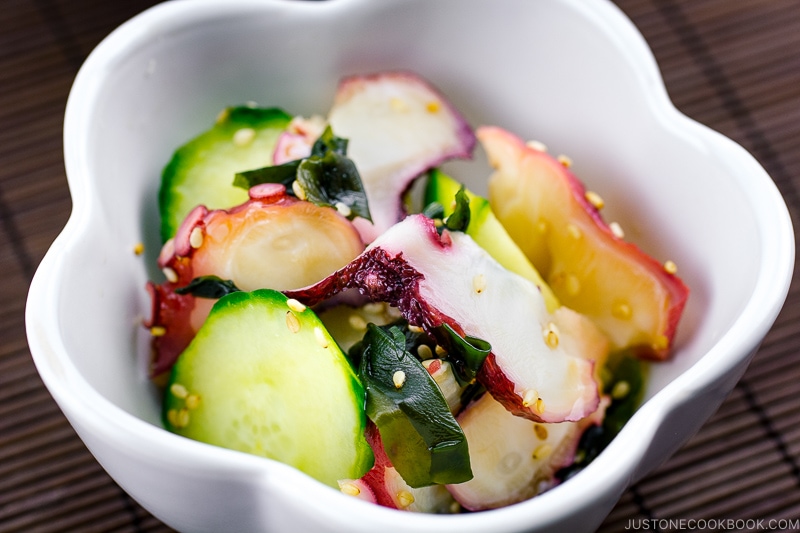
 486 views
486 viewsOctopus Salad (Tako Su)
justonecookbook.com
4.3
(24)
Your folders

 650 views
650 viewsCoconut Chia Pudding
wellplated.com
5.0
(5)
Your folders
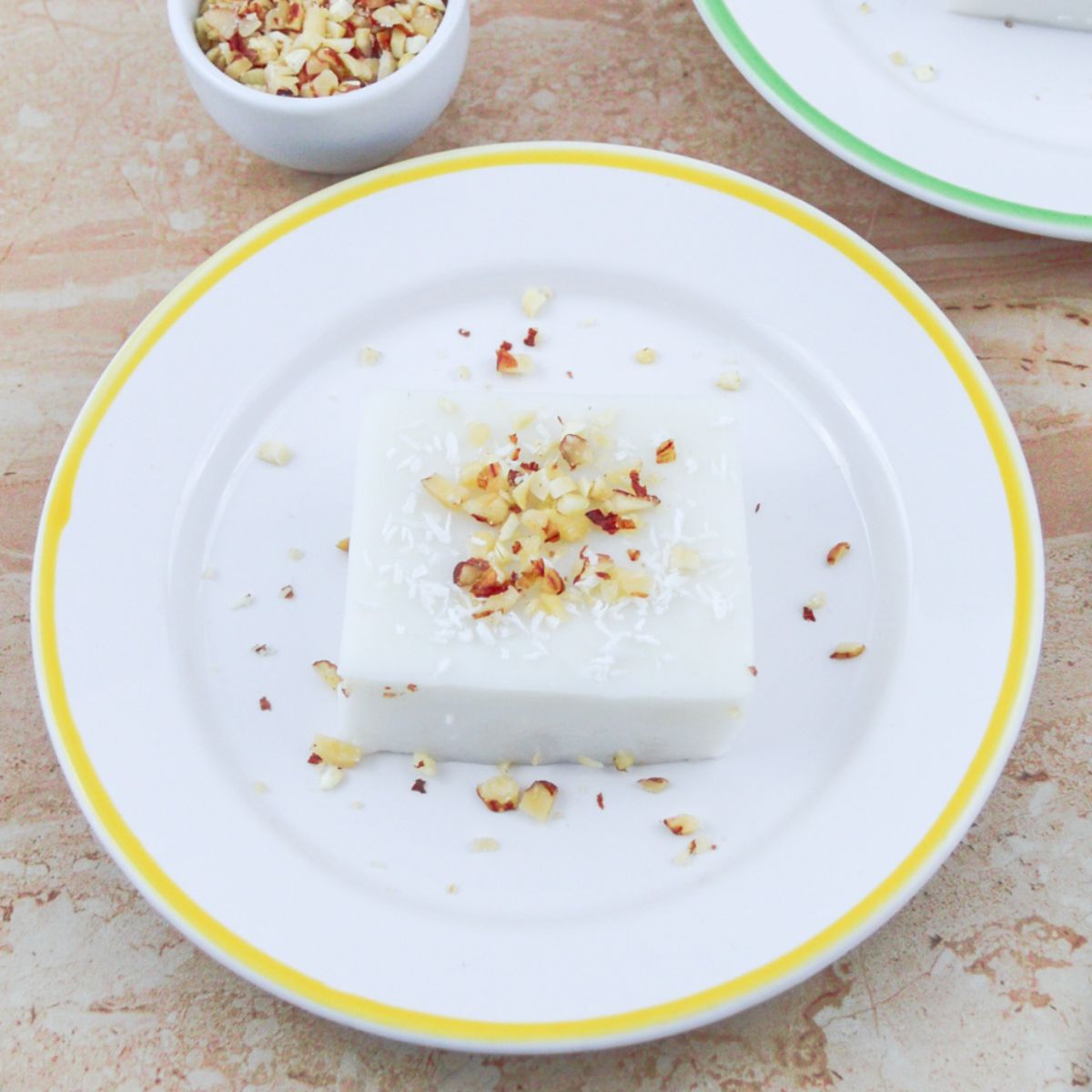
 769 views
769 viewsCoconut Milk Pudding
flavourstreat.com
4.8
(6)
15 minutes
Your folders

 284 views
284 viewsCoconut Bread Pudding
allrecipes.com
4.5
(97)
1 hours
Your folders

 434 views
434 viewsMango Coconut Pudding
honestcooking.com
Your folders
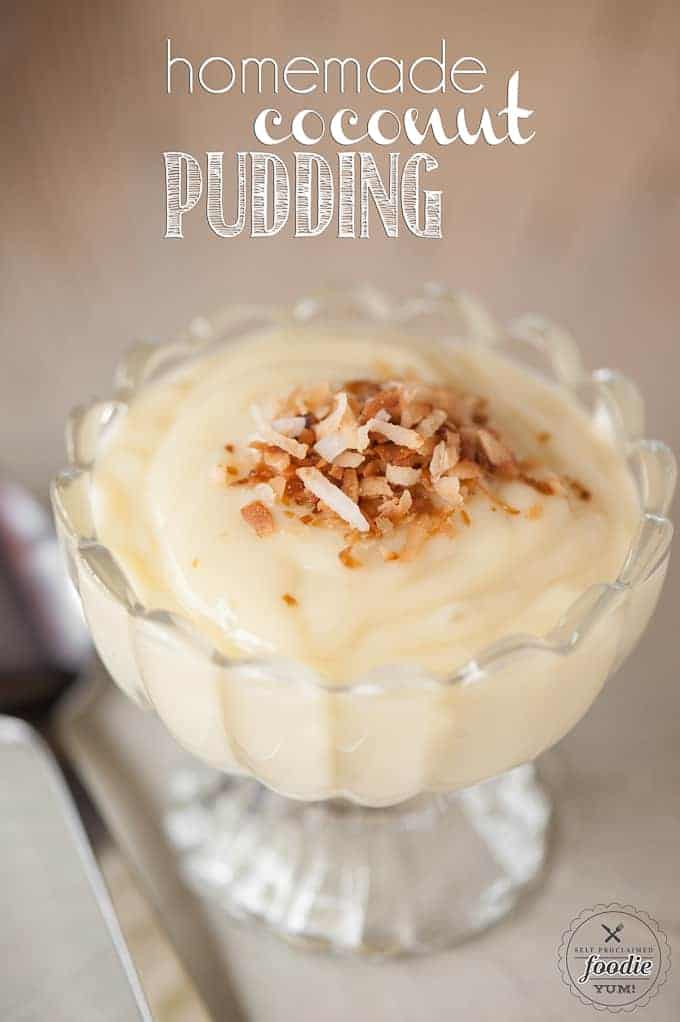
 194 views
194 viewsHomemade Coconut Pudding
selfproclaimedfoodie.com
4.9
(28)
20 minutes
Your folders

 292 views
292 viewsCoconut Tapioca Pudding
aheadofthyme.com
30 minutes
Your folders

 290 views
290 viewsHomemade Coconut Pudding
selfproclaimedfoodie.com
4.9
(24)
20 minutes
Your folders
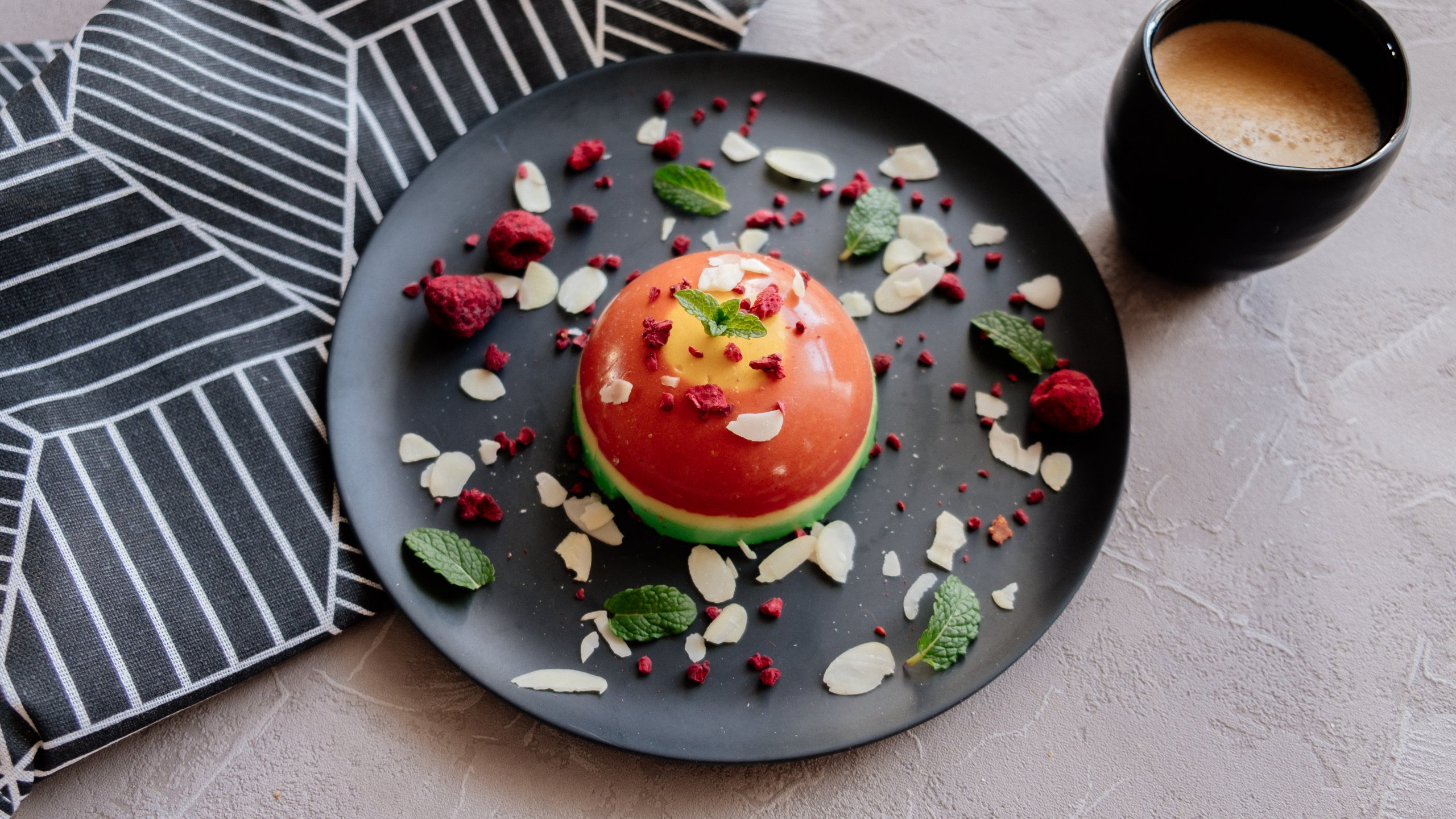
 246 views
246 viewsVegan Coconut Pudding
yuzubakes.com
5.0
(1)
Your folders

 386 views
386 viewsTembleque - Coconut Pudding
goya.com
4.6
Your folders

 317 views
317 viewsCoconut Chia Pudding
asavoryfeast.com
4.7
(26)
Your folders

 571 views
571 viewsHomemade Coconut Pudding
tornadoughalli.com
5.0
(16)
10 minutes
Your folders
 411 views
411 viewsCoconut Chia Pudding
wellplated.com
Your folders
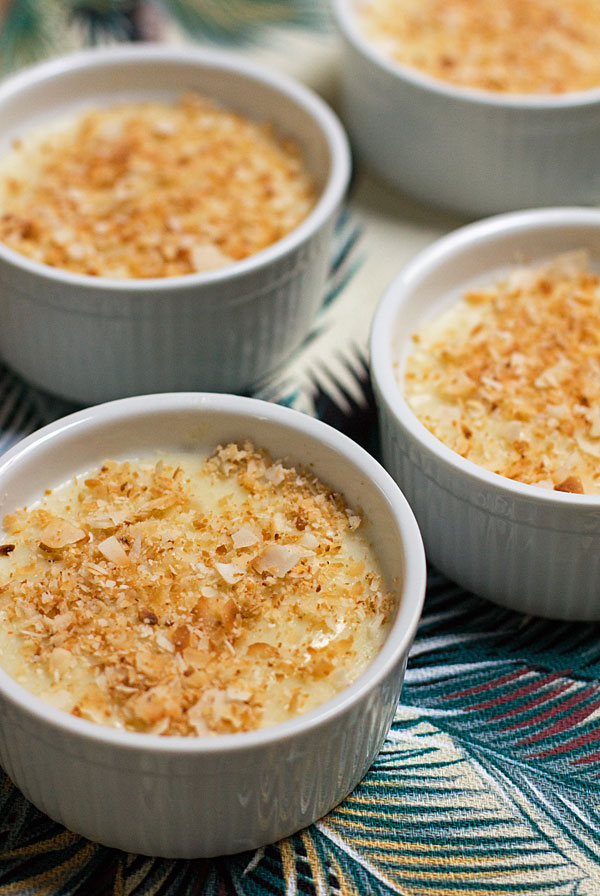
 74 views
74 viewsCoconut Banana Pudding
mjskitchen.com
5.0
(11)
10 minutes
Your folders

 92 views
92 viewsCoconut Rice Pudding
tasteofhome.com
5.0
(1)
35 minutes
Your folders

 85 views
85 viewsCoconut Cream Pudding
tasteofhome.com
3.5
(4)
10 minutes
Your folders

 538 views
538 viewsTender Coconut Pudding - Elaneer Pu...
kannammacooks.com
10 minutes
Your folders

 974 views
974 viewsJapanese Octopus Salad - Tako Su
lowcarbingasian.com
5.0
(3)
Your folders

 221 views
221 viewsCrystal Pepsi - Wikipedia
en.wikipedia.org